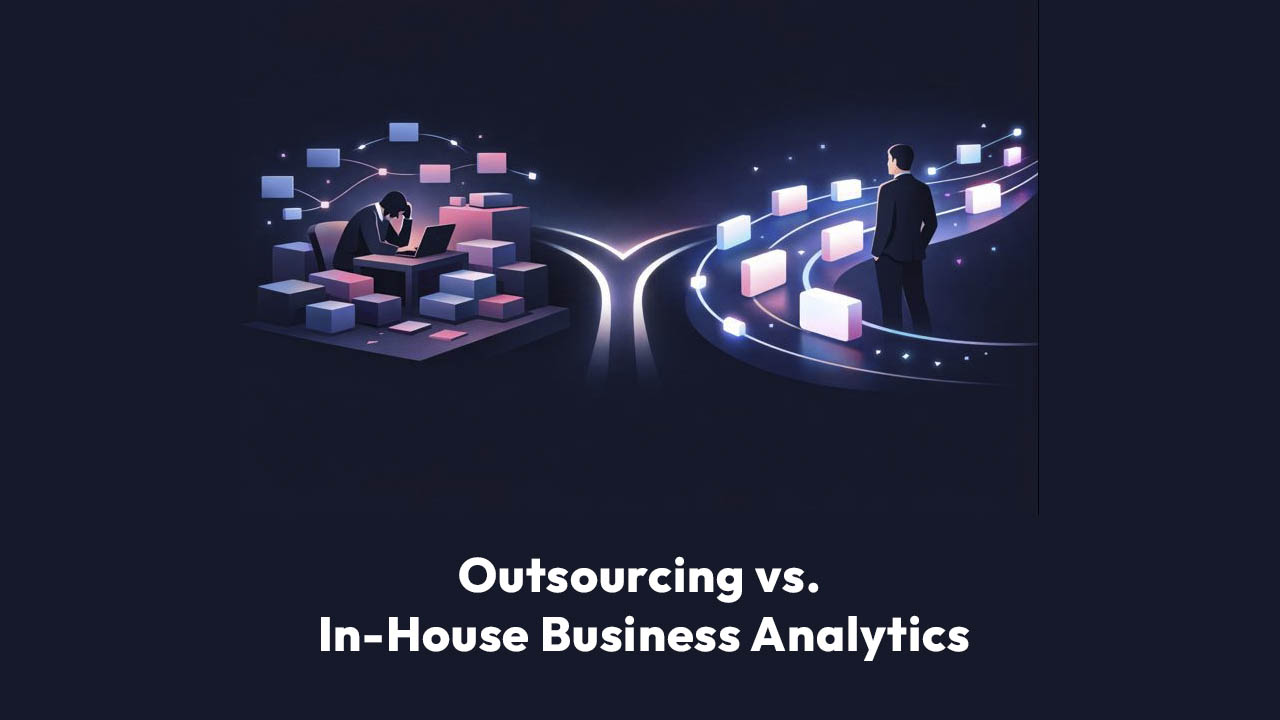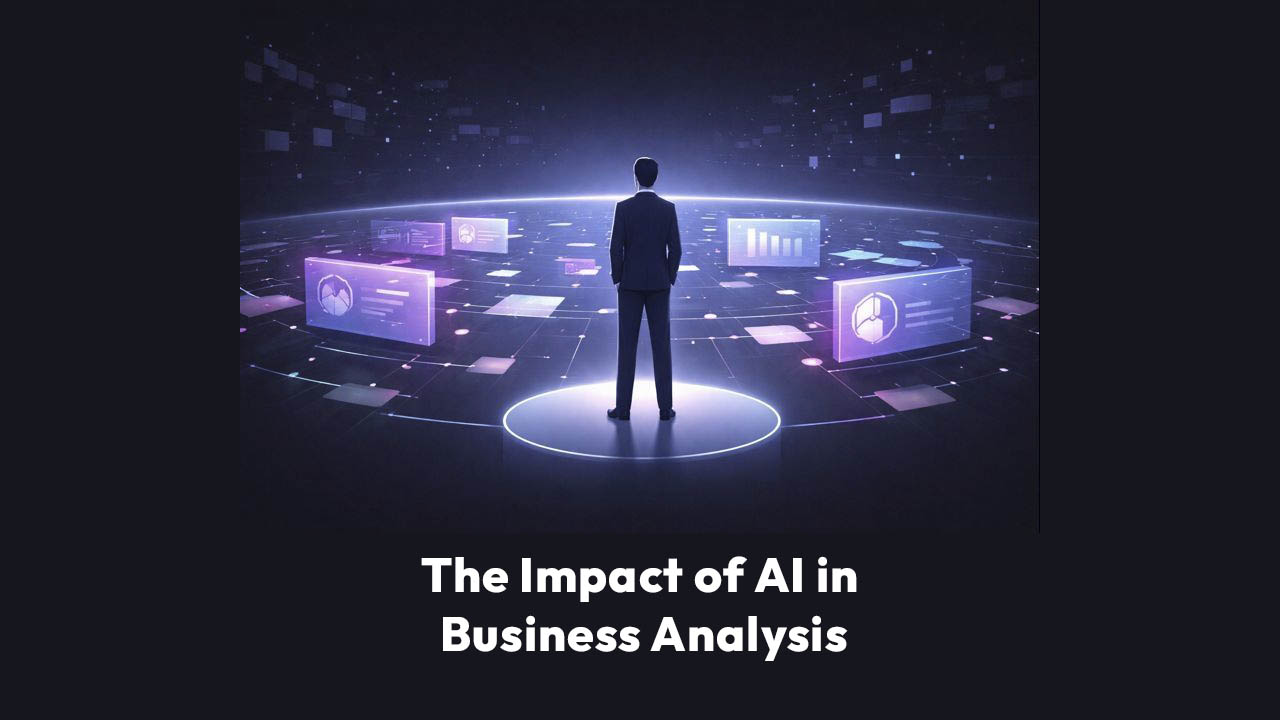You go back to the dashboards. Pull performance reports. Layer on filters. And all you find are vague trends and even vaguer explanations.
It’s not for lack of trying. And it’s certainly not for lack of data. The problem is that the most important answers are buried in places your tools were never designed to look.
The Hidden Cost of "Looks Good" Campaigns
Marketing teams are drowning in metrics. Impressions, clicks, engagement rates, attribution paths, lead scores, intent surges—the list keeps growing.
So it’s easy to mistake momentum for movement. And it’s even easier to celebrate a high-performing channel or creative when the metrics are trending in the right direction. But…
- What if all that surface-level performance is masking something deeper?
- What if the segment that actually converted was tiny—and invisible under your usual dashboards?
- What if a new buyer behavior quietly emerged this quarter… and no one noticed?
- What if the most valuable signal in your pipeline never makes it into the report?
This is the uncomfortable truth behind modern analytics:
You can hit every metric and still miss the insight.
Why Most Marketing Analytics Can’t See What Matters
Let’s look at how most tools work:
- You define filters.
- You pick the dimensions.
- You slice data by campaign, channel, or audience.
- You compare to past performance.
- You try to extract insight from deltas and anomalies.
But here’s the catch:
All of this depends on what you already believe.
Filters reflect assumptions. Dashboards reflect expectations. And while that works when behavior is stable, it fails the moment your market shifts, new segments emerge, or buying behavior changes shape. You can’t find what you didn’t think to look for.
And that’s where traditional tools fall short. They were built to report, not to discover.
Funnels Evolve Faster Than Reports Can Keep Up
The buyer’s journey is no longer linear. The funnel isn’t a funnel.
Prospects touch your brand across:
- Paid ads, they don’t click.
- They forward emails internally.
- They half-watch webinars.
- They download PDFs, never read, and then revisit them a week later.
These are messy signals—fragmented, nonlinear, and spread across platforms. Yet traditional analytics tools treat them as clean inputs in a fixed structure. You’re asked to define lead stages. Set conversion windows. Create static segments.
But real behavior doesn’t follow those rules. And when you force it to, you lose fidelity. You lose the opportunity to see the unexpected.
Insight Doesn’t Come From Filters. It Comes From Discovery.
It’s time to stop pretending that slicing data will reveal the full picture.
True insight comes from asking better questions—and letting your system explore the data without bias.
For example:
- What behaviors consistently appear right before conversion?
- Which leads are engaging heavily but never converting—and what do they have in common?
- What changed in our funnel this quarter compared to last?
These aren’t just different questions. There are different ways of thinking. They don’t ask “what happened?” They ask, “What matters?”
And answering them requires a system that doesn’t just show you the data—but actively analyzes, clusters, detects, and explains the story hidden within it.
You Don’t Need More Metrics. You Need Better Vision.
Here’s a simple test:
Go to your favorite dashboard and try to answer this:
Which specific segment is driving conversion lift this month?
If the answer takes more than five minutes, multiple filters, or an export to Excel… the problem isn’t your data. It’s the way you’re accessing it.
Because the truth is, that segment is already in there. They’ve already visited your site. Engaged with your content. Moved through parts of your funnel. But unless you’re looking through the exact right lens, you’ll miss them.
And by the time you do find them—if you do—it may already be too late to act.
You don’t need to know what you’re looking for. The system finds it anyway.
Marketing Without Discovery Is Guesswork at Scale
We’ve built marketing machines that are great at execution:
- Automating outreach.
- Scaling ad spend.
Optimizing conversion flows.
But our ability to learn—really learn—from the data we generate is stuck in the past. We rely on averages. Benchmarks. Attribution models that break when the funnel bends.
And the cost is real:
- Wasted spend on segments that aren’t converting.
- Missed opportunity in micro-segments that are.
- Slow reaction times to shifts in buyer behavior.
This isn’t a tooling problem. It’s a mindset problem. Until we treat discovery as a core function of marketing—not a bonus round—we’ll keep mistaking noise for insight.
The Signals That Matter Most Are Often the Smallest
The most powerful marketing insights rarely shout. They whisper. They show up as:
- A cluster of accounts that engage deeply with technical content.
A niche segment that converts quickly after watching a specific webinar. - A drop-off pattern that consistently precedes churn, but only in a certain industry.
You can’t catch these patterns with surface-level metrics or predefined segments. You need tools that look for you—that detect, cluster, and explain what’s happening beneath the averages. Because when you operate with that level of visibility, everything changes:
- Campaigns become more targeted.
- Messaging gets sharper.
- Budgets stretch further.
- And marketing becomes less of a guessing game—and more of a strategic lever.
The Rise of Agentic Analytics
So what does a system built for discovery look like?
It doesn’t just visualize data. It analyzes it. Clusters it. Score it. Detects change. And then explains what it found in clear, actionable language.
This is what’s emerging as agentic analytics—analytics that behave like an intelligent partner, not a static report. In this new model:
- You don’t define every filter.
- You don’t need to ask the perfect question.
- You just let the system observe, and it surfaces what matters.
This isn’t science fiction. It’s already reshaping how modern teams approach insight.
What Comes Next: From Analysis to Advantage
We’re not far from a future where marketing teams don’t ask:
- “What’s our MQL count this month?”
- “Which campaign performed best?”
But instead, ask:
- “What’s the behavioral signature of our fastest-converting leads?”
“Where is our next best segment emerging?” - “Which actions correlate with expansion 30 days out?”
These are the kinds of questions that create competitive advantage. And they’re only answerable when your system moves beyond reporting—and into discovery.
Your Data Already Knows. You Just Can’t Hear It Yet.
The insights that will drive your next breakthrough?
They’re not in next quarter’s campaign.
They’re in this quarter’s behavior—already unfolding inside your CRM, your funnel, your content interactions. The patterns are already there. But if your tools don’t look for them, and your dashboards don’t surface them, they stay hidden.
{{Call Out Component}}
So the next time a campaign underperforms—or overperforms—and you find yourself reaching for filters...
Stop. And ask a better question:
What am I not seeing?
The future of marketing belongs to those who discover faster than the rest. Make sure you’re one of them.








.png)